Should You Buy Now or Wait to Save on a Car?

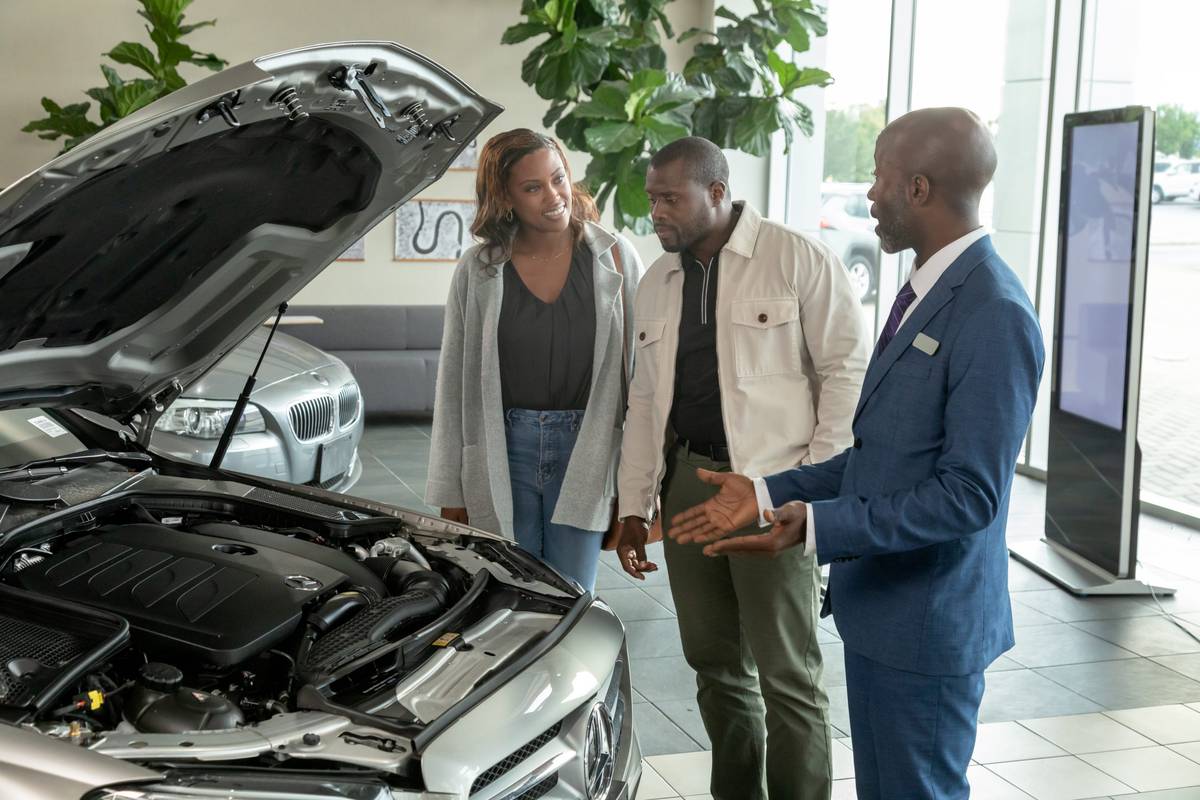
Shoppers are usually advised against upgrading their vehicles too frequently because of new-car depreciation. Historically, the most fiscally responsible route was to hold onto a car as long as possible and buy a used car instead of a new one — but does this advice still apply amid the ongoing inventory shortage? The dearth of new cars caused a dramatic spike in used-car prices and trade-in values over the last year. This means that your used vehicle could be worth almost as much as its new counterpart today, which can help offset higher new-car prices.
Related: Inventory Shortage Update: Should You Wait to Buy a Car?
Whether it’s in your best interest to take advantage of elevated trade-in values or wait for the inventory shortage to improve comes down to several factors: the car you’re trading in, the car you’re looking to buy, and how long you’re willing (and able) to wait to buy that new car.
Why Buy Now?
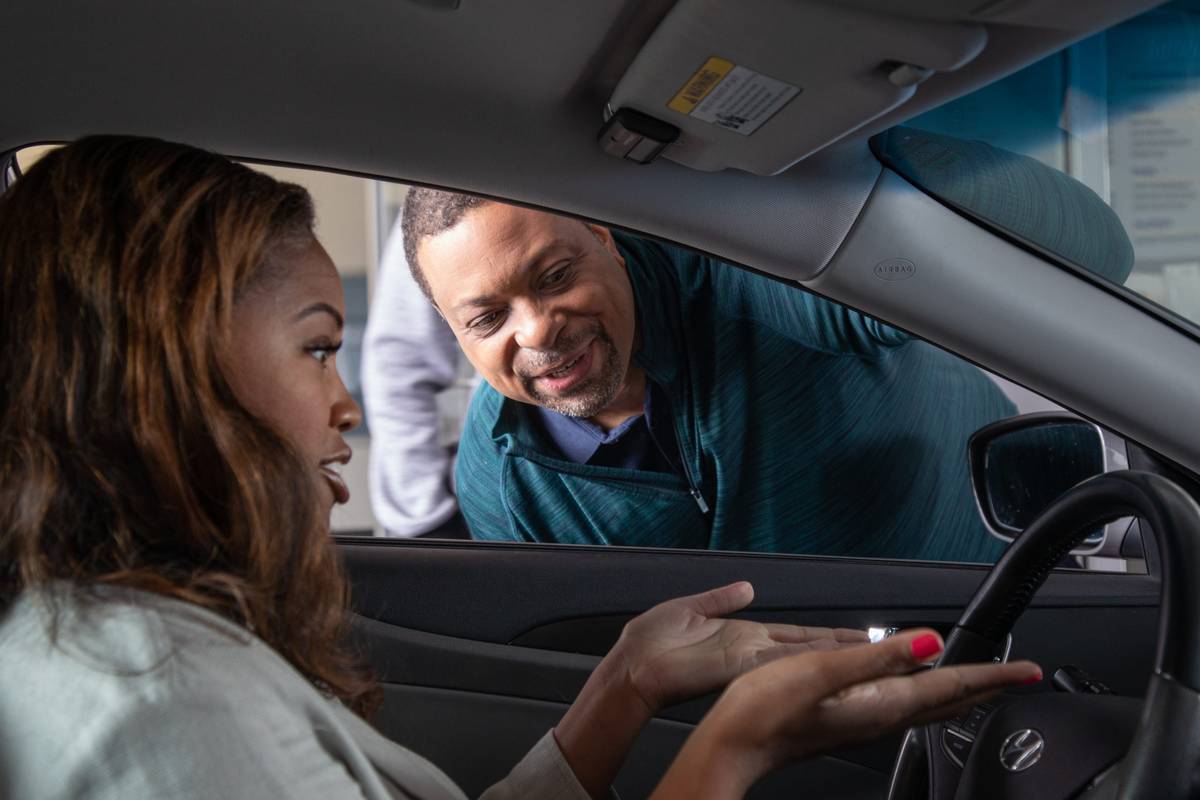
Even as new-car prices hit record highs and inventory remains tight, some shoppers will benefit from buying a new car sooner rather than later — specifically those with a vehicle to trade in. That’s because a generous trade-in value can help offset higher new-car prices. At the same time, auto loan rates are poised to climb in the near future along with monthly car payments.
Your Trade-In Bucks Depreciation Trends
New-car depreciation rates vary widely, but under normal circumstances, a new vehicle loses an average of 20% of its value after the first year and continues to depreciate by about 10% until it hits the five-year mark, according to Experian. That means a 5-year-old used car will typically retain roughly half of its initial value.
But these aren’t normal circumstances: Inflated used-car values mean your trade-in could be worth a lot more now than the depreciation formula suggests. According to J.D. Power’s latest sales report, the average trade-in equity was nearly $10,000 in May, up 59% from a year prior, and higher trade-in values can help offset some of the premiums for new vehicles.
Median used-car prices among Cars.com dealers show a similar trend: The median price of a used vehicle in May was $25,095 — a 47% jump from May 2019, which preceded pandemic-related production challenges. Although elevated used-car prices spell bad news for budget-conscious shoppers, the silver lining is that dealers are more likely to make generous trade-in offers in an effort to fill their lots.
Another consideration is how fast your used vehicle is rising in value. According to a Cars.com survey, approximately two-thirds of car owners who traded in their vehicles received a higher-than-expected offer: About half received over $1,000 more than expected, and 20% received $3,000 or more. According to Cars.com data, the top five vehicles with the fastest rising resale value are model-year 2018-21 variants of the Tesla Model 3, Kia Optima, Toyota RAV4 Prime, Tesla Model Y and Toyota Corolla.
New Cars May Get Even More Expensive
The new-car inventory challenges were initially caused by the global microchip shortage, but cascading supply chain issues have continued to drive prices up. According to Tyson Jominy, J.D. Power’s vice president of data and analytics, parts and components such as tires, paint resin, wiring harnesses and seats are delayed in reaching manufacturing plants.
“Many of the components are single-sourced, so trouble at one supplier can cripple production at multiple automakers,” wrote Jominy in an email to Cars.com.
Because of these ongoing challenges, production isn’t expected to return to normal until 2023 and inventory levels may not rebound until the second half of 2023. Substantial cash incentives likely won’t reappear until inventory levels are restored and new-car prices may continue to climb in the meantime.
“There are still several incentives out there, but automakers may be using them differently,” wrote Jominy. “Some incentives will encourage consumers to use the automaker’s captive lender, [however,] none of these are large ‘cash-on-the-hood’ levers. Incentives like that are not likely to return en masse until the second half of 2023, which is when inventory levels are projected to increase above the 2 million threshold. [But] even then, we do not expect a return to extremely large cash amounts.”
Higher Interest Rates Expected
On top of elevated new- and used-car prices, auto loan interest rates are also on the rise and are predicted to climb following the Federal Reserve’s most recent rate hike — the largest since 1994. According to J.D. Power, the average interest rate for May was estimated at 4.92%, or an increase of 0.62% from the prior year. Further rate increases will contribute to higher monthly car payments:
“As a rule of thumb, every [1%] increase in interest rates either cuts purchasing power by about $1,250 or increases monthly payments by $20,” wrote Jominy. “Many lending institutions may see the Fed’s [0.75%] rate hike as a negative sign and increase lending rates even beyond that.” Locking in a lower interest rate now can save shoppers hundreds or even thousands of dollars over the course of the auto loan.
More From Cars.com:
- How Long Will the Vehicle Inventory Shortage Last?
- Inventory Shortage Leaves Little Room for Haggling; Here Are 5 Other Ways to Save on Your Car Purchase
- Car Shoppers Face Shorter Supply, Rising Prices
- How to Sell Your Used Car
- More Car-Buying Advice
Why You Should Wait
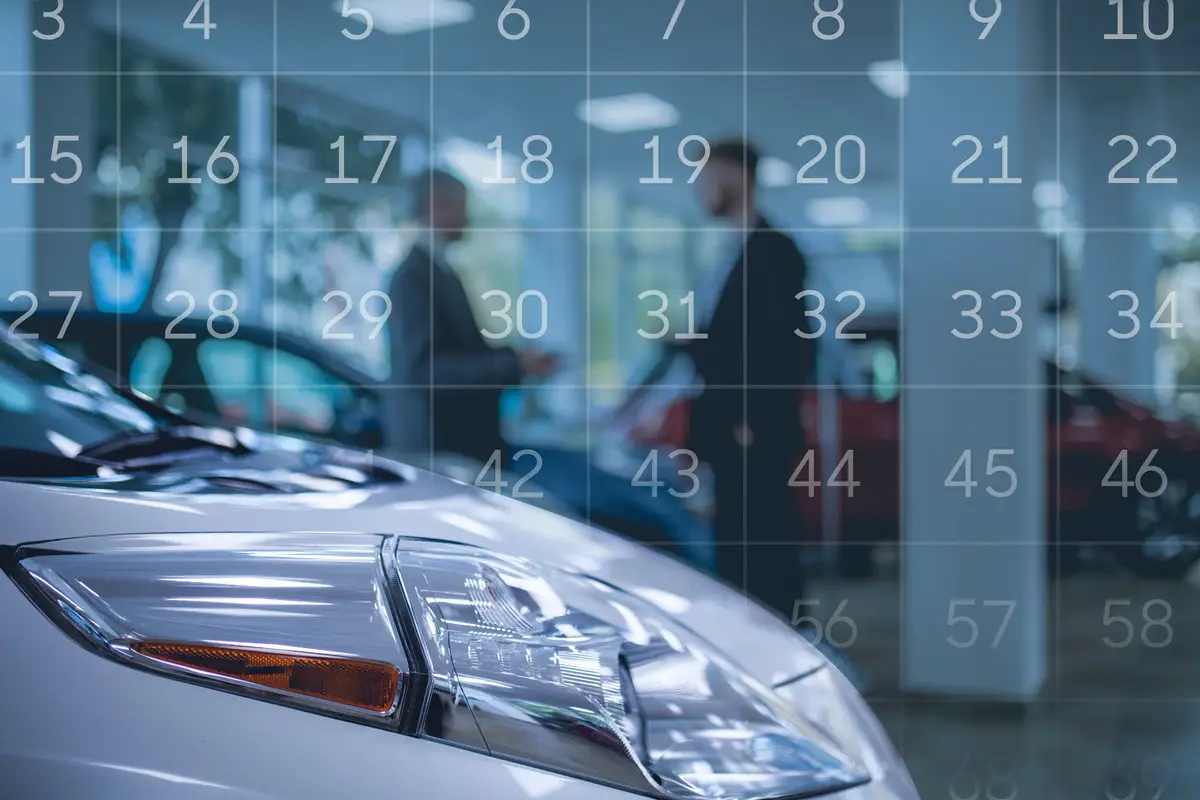
While some shoppers can reap the financial benefits of buying a vehicle now, others are better served by waiting until the inventory shortage improves. If you currently own a reliable vehicle that doesn’t require burdensome repair costs, waiting out the storm may be the best option.
You Want to Buy a Used Car
As previously mentioned, shoppers are paying more for used cars than ever before, but experts predict used-vehicle prices will eventually drop following improvements in new vehicle production — likely by late 2022 or early 2023.
Buying a used vehicle once prices stabilize can offer a significant financial advantage compared to buying a new one. Prior to the inventory shortage in May 2019, the median new-car price among Cars.com dealers was $35,605; in comparison, the median used car price was $17,101.
New Cars Are Selling Above Sticker Price
Waiting to buy a new car until the inventory shortage improves will likely lead to improved incentives, a lower transaction price and a better choice of vehicles. The average new-car price for May was estimated at $44,832, according to J.D. Power — a 16% increase from the prior year. One reason for the spike is a lack of incentives: The average new-car incentive for May was just $965 — a 65% drop from a year prior.
Not only are shoppers finding fewer discounts on new vehicles, but many are paying more than the sticker price suggests: J.D. Power’s data show new-car transaction prices in May were $1,001 above MSRP on average, and 64% of consumers paid above MSRP, according to Jominy.
These markups come as demand for new vehicles outpaces supply, shrinking available inventory. For example, new-car inventory among Cars.com dealers dropped from approximately 3.4 million vehicles in May 2019 to around 996,000 in May. Vehicles that do make it onto dealer lots don’t stay there long, either: In May, 56% of new vehicles were sold within just 10 days of arriving at a dealership, and the average vehicle only sits on a dealer’s lot for 19 days (down from 45 days a year ago), J.D. Power reports. This means shoppers will likely have a hard time finding the exact vehicle they want on the lot, and those that find a suitable match are more likely to pay above sticker price.
How to Save Money During the Inventory Shortage
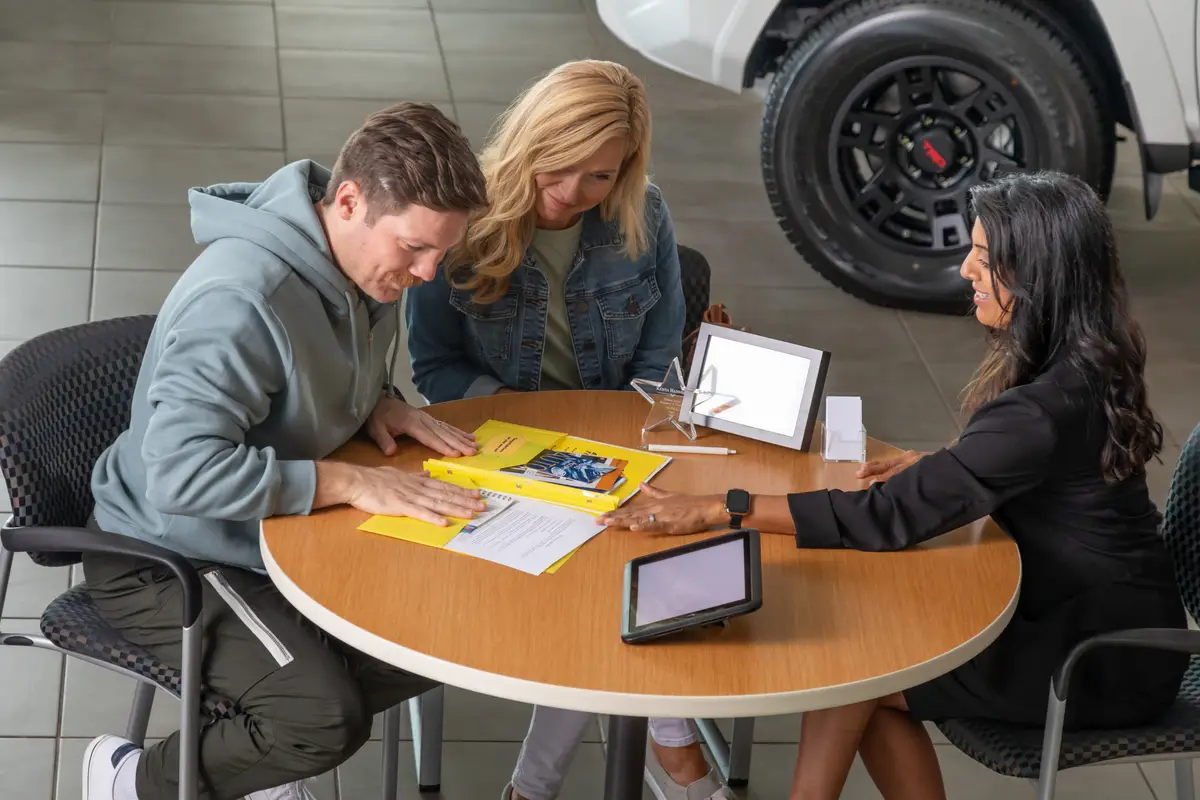
If waiting until the inventory shortage improves is not a viable option, there are several strategies shoppers can use to find the right car while also saving money.
- Shop around at multiple dealerships for the best price (even if that means a lower premium over the sticker price).
- Get preapproved for an auto loan and see if you can negotiate on the finance rate.
- Be prepared to buy as soon as you find the right car.
- Make sure to get the best possible offer for your trade-in.
In some cases, ordering a car from a factory will be the best way to get the vehicle you want and minimize the markups. Be warned, though: Ordering a car can be a lengthy process in itself. Shoppers should be prepared to wait several months for the car to arrive.
Cars.com’s Editorial department is your source for automotive news and reviews. In line with Cars.com’s long-standing ethics policy, editors and reviewers don’t accept gifts or free trips from automakers. The Editorial department is independent of Cars.com’s advertising, sales and sponsored content departments.

Former News Editor Jane Ulitskaya joined the Cars.com team in 2021, and her areas of focus included researching and reporting on vehicle pricing, inventory and auto finance trends.
Featured stories


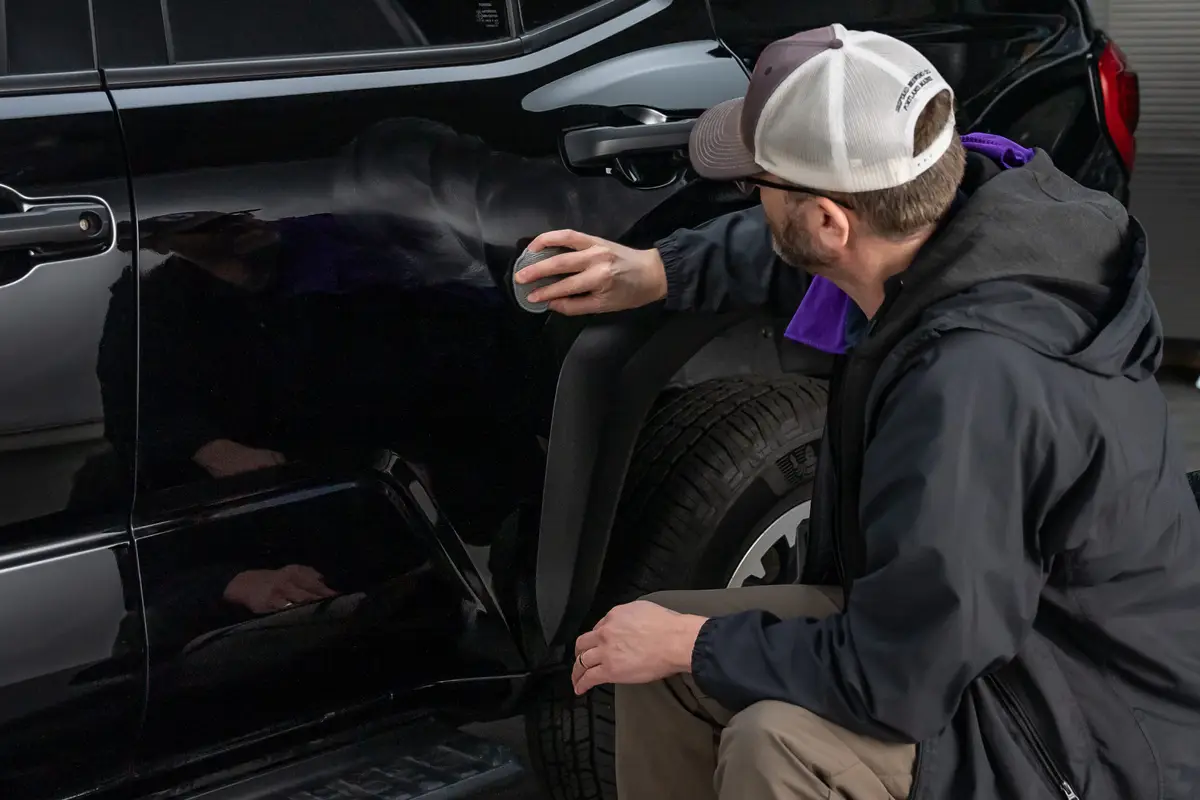
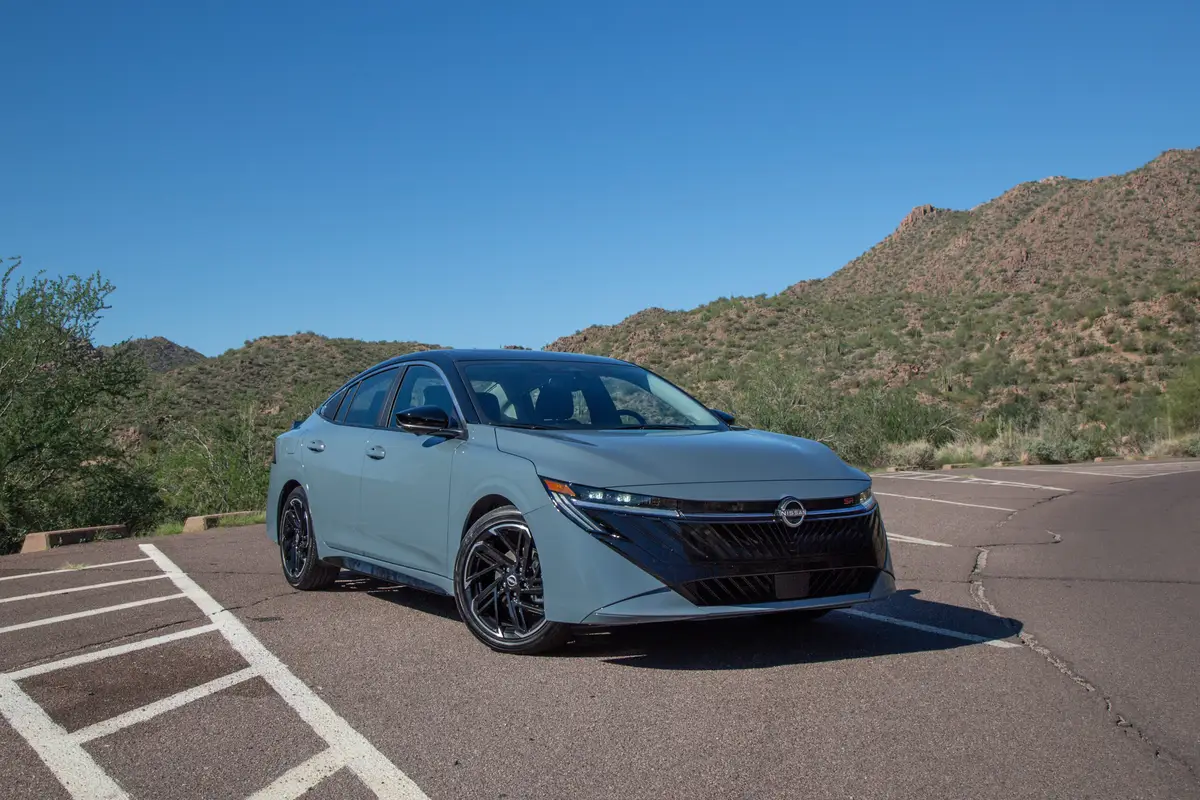
2026 Nissan Sentra Review: Long Live the Sedan

